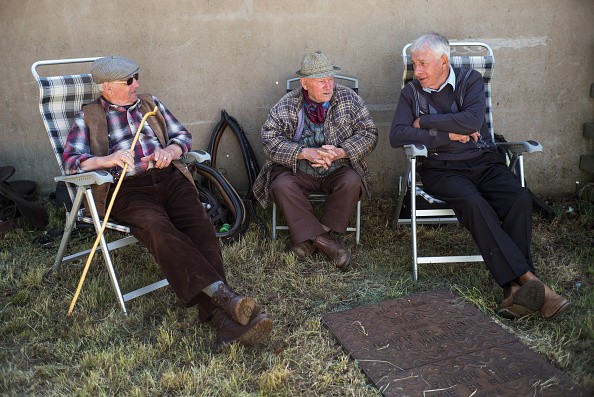The European agriculture was gifted by a group of Stone Age migrants from the Aegean Sea region who moved to the continent nearly 8,000 years ago. At that time, Europe was still dominated by hunter-gatherers.
These are the findings of a new study published in the Proceedings of the National Academy of Science. The researchers based their findings on genetic samples taken from ancient farming communities in Spain, Hungary and Germany, according to The Washington Post.
The researchers compared the genetic samples from the aforementioned communities with that of the ancient genomes found at sites where agriculture was being practiced centuries earlier, including northwest Turkey and Greece. The comparison between the two forms of genetic samples enables researchers to establish a genetic link between the Aegean and the European population.
The recent study findings challenge the popular belief that the practice of farming and agriculture spread from one community to another through cultural exchange and not any other method. According to study author Joachim Burger, the genetic analyses of the sample show that the ancient farmers in Spain and central Europe were more closely related to that of the Aegean sea migrants than to each other.
This indicates that farmers may have arrived both the regions in two installments - one through the Balkan route and the other one through the Mediterranean route. That is, the migration took place westward along the coastline to Spain and northward into the central Europe.
In addition to establishing a link between the two populations, the researchers were also able to figure out some of the characteristics of the Aegean sea migrants based on the analysis of their DNA. The fair-skinned population with dark eyes did not have the genes required to digest milk after childhood.
Aegean population bore resemblance to Oetzi the Iceman, the researchers found. The well-preserved remains of Oetzi the Iceman was recovered from the glaciers that lie between Austria and Italy.
According to Michael Hofreiter of the University of Potsdam in Germany, the study offers a great insight into the Europe's stone age migration. However, he warned that some of the conditions are based on limited data, according to Fox News.
"Small statistical effects might be a fluke," Hofreiter said. "It adds to our knowledge about human history. And I think it is always valuable to replace speculation by factual evidence."
The following video talks about the latest discovery:



























